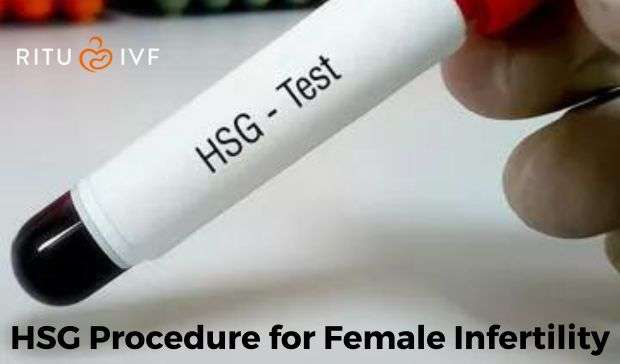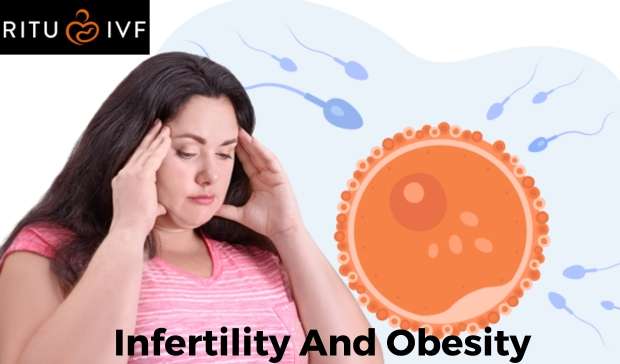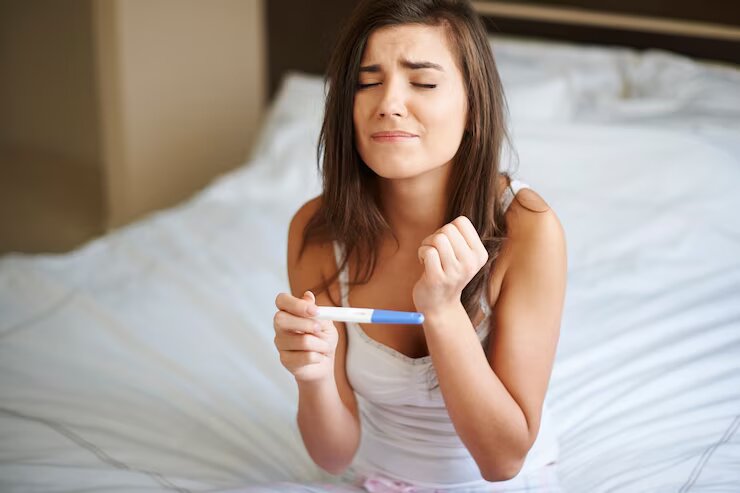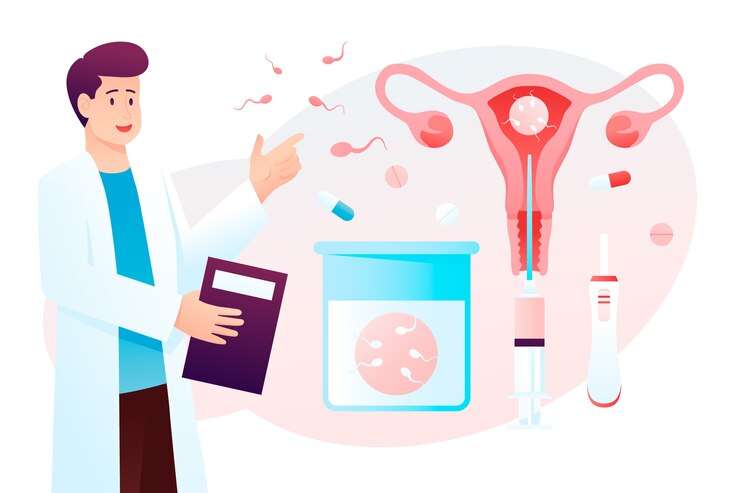Doctors use an HSG procedure called a hysterosalpingogram. It is a diagnosis to make sure that women are healthy enough to have children. Because of this screening method, doctors now look for problems with the reproductive system in a different way when they aren’t clear. The HSG test: what it is, who should get it, how Ritu IVF can help, what it means, and the likely pros and cons.
What Does the HSG Procedure (Hysterosalpingogram) Look Like?
First, let’s talk about what an HSG test means. HSG stands for hysterosalpingography. This is a test that can tell you a lot about a woman’s reproductive processes, especially her uterus and fallopian tubes. X-rays and a contrast color are used to look for any blocks, flaws, or other problems that might be affecting pregnancy or reproductive health. By showing these details, the HSG test helps doctors come up with the best ways to treat patients.
Who performs the HSG test?
Usually, highly trained surgeons, like radiologists or gynecologists, perform HGS tests. The test will be safe and correct because these experts have the right knowledge and experience.
Who should think about getting an HSG test?
Several groups of people can gain from the HSG test, such as
1. People who are not able to conceive: People who are having trouble getting pregnant might choose to get an HSG test to see if their fallopian tubes are open. Due to blockage of the tube or the tube not working right, the egg may not be able to make it to the sperm. And it can make conception hard.
2. Women with Irregular menstrual: These women may go under the HSG test to look for underlying fertility problems like tumors or polyps.
3. Before Using ART: The HSG test can help women who want to use ART like IVF, ICSI, or other approaches to help them have children. For these treatments to work, the fallopian tubes must be clear, so the HSG test is an important step.
4. Perform HGS: Women who have had pelvic infections, surgeries, or other conditions that could lead to blocked fallopian tube
Who shouldn’t think about getting an HSG test?
The HSG test is usually safe and tolerable, but here are some situations in which it is not good.
1. Pregnant Women: Because of the possible risks to the growing baby, pregnant women are usually told not to get the HSG test.
2. Active Pelvic Infections: Women shouldn’t get an HSG test until the infection is gone, because the treatment could make things worse.
3. Bad Allergies to Contrast Medium: People who are allergic to the contrast dye should talk to their doctor about it before they get the HSG test.
Why an HSG test is helpful in Radiology
The HSG test has many advantages, such as:
1. Fertility Evaluation: This test checks to see if the fallopian tubes are open, which is very important for getting pregnant. Problems or blockages inside the tubes can be found, which helps doctors decide how to treat the patient.
2. Uterus Abnormalities: The HSG test can find uterus abnormalities. Fibroids or polyps, which could be affecting ovulation or causing bleeding that isn’t regular.
3. Help with ART: The HSG test checks the health of the fallopian tubes, which helps plan care for people who are going through IVF.
What Could Go Wrong with the Hysterosalpingogram Procedure?
The HSG procedure is usually safe, but there are a few things that could go wrong or cause problems, such as
1. Pain or discomfort: Some women may feel some mild pain or stiffness during the process.
2. Allergic responses: People may have allergic responses to the contrast dye in very rare cases.
3. Infection: There is some slight pain or swelling during the test, but it usually only lasts for a short time.
FAQs About HSG Procedure
Does the HSG test hurt?
Some women may feel some slight pain or swelling during the test
What is the length of the process?
The process usually takes between 15 and 30 minutes.
Can I go back to my daily routine after the test?
Most women can go back to their normal routines after the treatment, but if the pain lasts longer than a short time, it’s best to rest.
How can Ritu IVF help?
As far as women’s reproductive health goes, the HSG test, or hysterosalpingography, is as important as it gets. Doctors use this test to see what’s going on with the uterus and fallopian tubes. They figure out if there are problems with pregnancy or vaginal problems and what treatments might work. The test does come with some small risks, but it could help people who are having trouble getting pregnant. It is an important step towards becoming a parent. You can still get an HSG test, even though medical technology has changed and there are skilled fertility services available.
Ritu IVF, a leading IVF center in Jaipur, gives the HSG procedure at a reasonable price. With skilled professionals and cutting-edge equipment, we make sure that testing is accurate and cozy. You can get accurate pregnancy tests and early detection of reproductive problems. We also offer custom treatment plans. Ritu IVF wants to help people get pregnant. It makes a good choice for people who want the best and most up-to-date care in HSG tests and other areas as well. Make an appointment today at Ritu IVF fertility center to learn more about the HSG Test.







